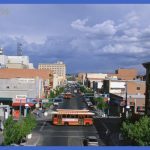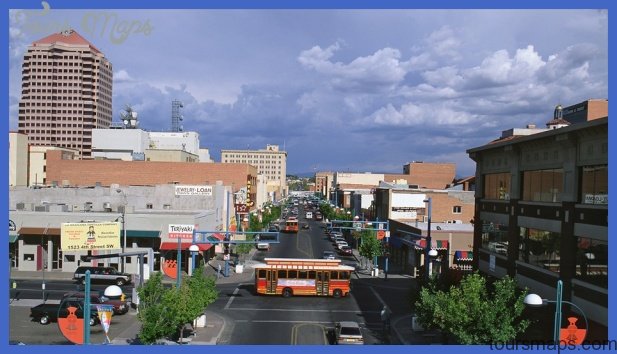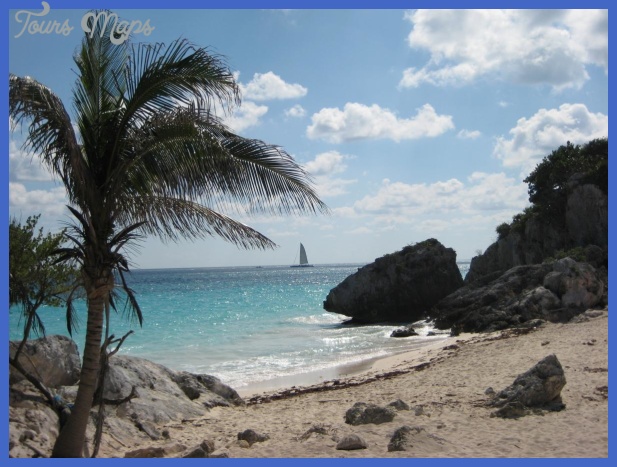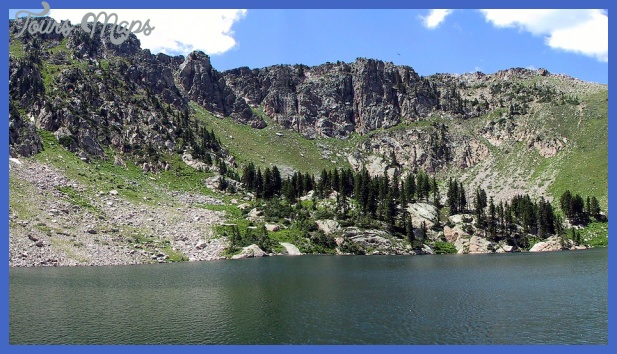New Mexico Legends
Like folk medicine, local lore and oral traditions were always very strong in New Mexico. This was due to the lack of a printing press and to the nature of settlement patterns and literacy rates. Before the twentieth century, literacy was low throughout New Spain and Spain, and so the oral telling of stories and passing on of legends always had an important role in popular culture in the Hispanic world. New Mexico fell squarely within this tradition, and given its isolation and the relative difficulty in acquiring books and building large libraries, oral traditions took on an even greater importance there.
Beginning in the early twentieth century, many notable Nuevomexicano writers such as Aurelio Espinosa and Rudolfo Anaya have written down many of these stories and tales for a world where oral storytelling is becoming less central. Espinosa, for one, found that many, if not most, folklore in New Mexico was Spanish (that is, from Spain itself) in origin. A later generation, especially those who politically identified themselves as Chicanos and therefore neither Mexican nor
American began to utilize the Aztec mythology of Aztlan as part of a specifically self-conscious folk tradition. According to Aztec theogonic mythology, the Aztecs emerged from Aztlan a place somewhere in the northern part of Mexico or the U.S. Southwest to arrive eventually in the central valley of Mexico, where they established Tenochtitlan. Another powerful Nuevomexicano legend with less political implications is that of la Llorona (or the weeping woman). According to the legend, she was a widow who drowned her children to be able to marry again. As a punishment for her hideous crime, she was condemned to wander near waterways at night, wailing in grief and guilt, thus terrifying living children who stay out too late at night.
NOTES
Unless otherwise noted, translations are the author’s.
1. See Simmons, Last Conquistador, 1991, 13-47.
2. Quoted in Phillips, 2004, 14.
3. For a discussion of the settling and exploration of New Mexico, see Simmons, Last Conquistador, 1991, and Jose R. Lopez Gaston, 1985.
4. Lopez Gaston, 1985, 201. See also Marc Simmons, Hispanic Albuquerque, 2003, 28.
5. See Simmons, Hispanic Albuquerque, 2003, 15-16.
6. Lopez Gaston, 1985, 230.
7. See Marla Rosa Garcia Acevedo, The Forgotten Diaspora: Mexican Immigration to New Mexico, in The Contested Homeland: A Chicano History of New Mexico, eds. Erlinda Gonzales-Barry and David R. Maciel, (Albuquerque: University of New Mexico Press, 2000).
10. Figures for Latino populations according to the U.S. census can be found at http://factfinder.census.gov.
11. Discussion of the announcement by Gov. Bill Richardson and his appearance on ABC can be found in Matthew L. Wald, Democratic Governor of New Mexico Joins Race, New York Times, December 22, 2007, at http://www.nytimes.com/2007/01/22/us/poli-tics/22richardson.html?_r=1&hp&ex=1169442000&en=0ff23a67c9898ab1&ei=5094& partner=homepage&oref=slogin.
12. Both quoted in Lopez Gaston, 1985, 315-316.
13. See Montano, 2001, 49.
14. Quoted in Montano, 2001, 47.
New Mexico Vacations Photo Gallery
Maybe You Like Them Too
- The Best Cities To Visit in The World
- World’s 10 Best Places To Visit
- Coolest Countries in the World to Visit
- Travel to Santorini, Greece
- Map of Barbados – Holiday in Barbados










